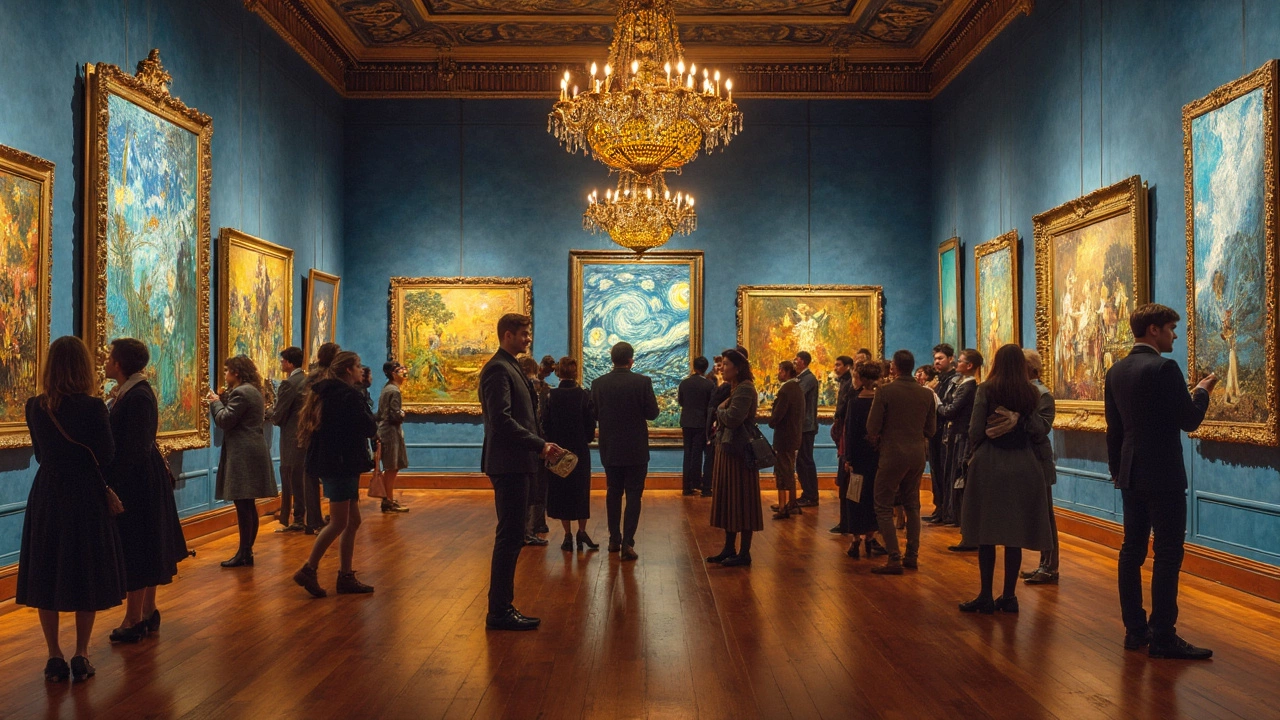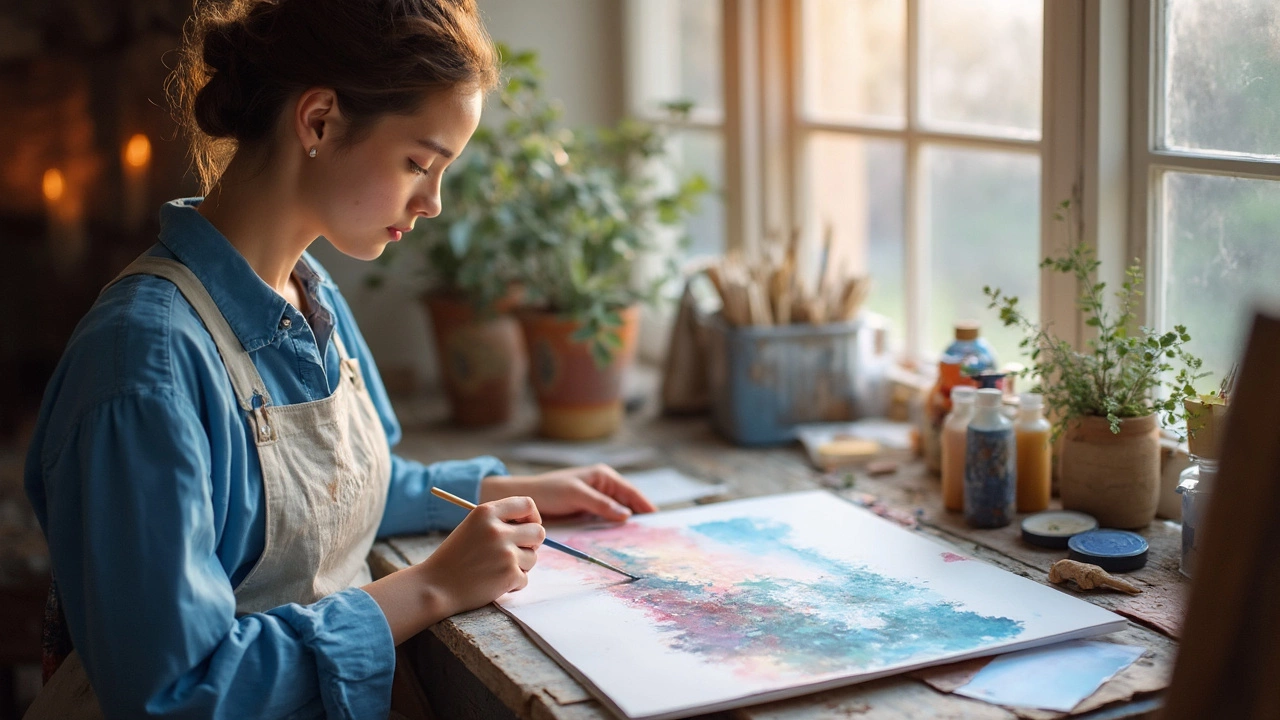Painting Tips, Techniques & Inspiration – Your Creative Hub
Welcome to the painting hub of Renaissance Harmony Hub Agency. Here you’ll find quick, down‑to‑earth advice that helps you fix problems, try new styles, and keep the creative spark alive. Whether you work with oil, acrylic, watercolor, or digital tools, the tricks below work for anyone who wants to make better art faster.
Fix Common Painting Mistakes
Ever smudged a face or picked a color that just doesn’t fit? The easiest fix is to clean the surface while the paint is still tacky. Use a soft cloth or a small brush to lift the unwanted area, then glaze over it with a thin, transparent layer. If the paint has dried, a gentle scrape with a palette knife followed by a fresh underpainting works wonders. Don’t be afraid to experiment – a little scumble can turn a mistake into a cool texture.
Boost Your Creative Process
Starting a piece can feel like staring at a blank canvas. Try the rule of thirds to give your composition a natural balance. Imagine two vertical and two horizontal lines splitting the canvas into nine squares; place the main subject along those lines or at their intersections. This simple trick makes landscapes, portraits, and abstracts look more engaging without any fancy math.
When you work with water‑based media, begin with light washes. Lay down a thin layer of diluted paint, let it dry, then add darker values on top. This layering mimics how light interacts with real objects and helps you avoid a muddy look. For oil lovers, let each layer dry a bit before adding the next – it prevents colors from blending unintentionally and keeps the image crisp.
Abstract art often scares beginners because they think there’s a right way to do it. In reality, abstraction is about feeling rather than exact representation. Grab a palette knife, a brush, and a splash of color. Move the paint across the canvas with no plan, then step back and ask yourself what emotion pops up. That feeling becomes the story you share with viewers.
Portrait artists obsess over the eyes because they’re the window to the soul. Spend extra time on the shape, the highlight, and the subtle shadows. A small catch‑light can make the portrait feel alive, while too much detail can freeze it. Keep the rest of the face soft, and let the eyes draw the eye.
When you need to stretch a budget, look for cheap sculpture materials like plaster, papier‑mâché, or even recycled cardboard. These options let you test ideas before committing to pricey stone or metal. Mix everyday items with a bit of glue, and you have a sturdy base for experimenting with form.
Lastly, remember that art is a conversation. Share your work on social platforms, ask for feedback, and join local groups. The more you talk about your process, the more ideas you’ll collect – and the easier it becomes to solve problems on the fly.
Keep this page bookmarked. Whenever you hit a roadblock, come back for a quick fix, a new technique, or a fresh burst of inspiration. Happy painting!

1 Dec 2025
The four artistic works-painting, sculpture, architecture, and music-are the foundational forms behind all art. Learn how they shape creativity in art workshops and why they still matter today.
Continue reading...

26 Mar 2025
Vincent van Gogh is a name even non-art enthusiasts recognize. But was he truly an abstract artist? While Van Gogh’s paintings are bold and swirling, they retain recognizable forms, sparking debate about their place in abstract art. This article explores his unique style, how his work fits into the art world, and what it means for those blurring the lines between realism and abstraction.
Continue reading...

3 Mar 2025
Watercolor painting is enchanting but not without its challenges, with hard lines being one of the common hurdles artists face. This article delves into practical techniques to avoid those dreaded unintentional edges. From understanding paper absorption to mastering water management, these insights will help artists create smooth transitions. Learn the essential tips and inside tricks to enhance your watercolor art.
Continue reading...

4 Nov 2024
Watercolor painting is both an art form and a test of patience, often considered challenging due to its unforgiving nature. This article explores why watercolor is difficult and offers insights to help artists tame the medium's unpredictable elements. Readers will discover historical context, essential techniques, common mistakes, and tips to improve their skills. Whether you're a beginner or experienced artist, this guide aims to make watercolor painting a more enjoyable pursuit.
Continue reading...



